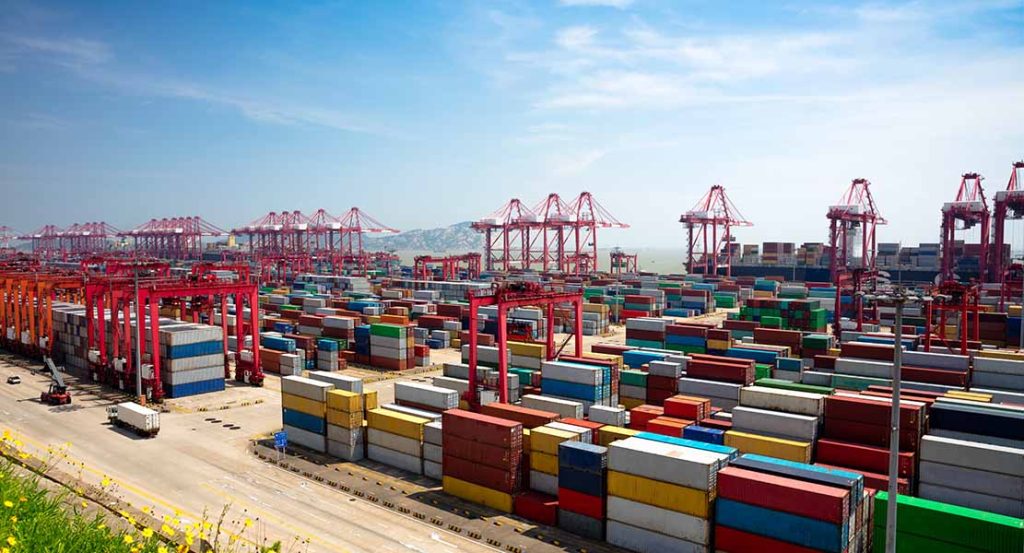The three-day strike at U.S. East and Gulf Coast ports will worsen existing European port congestion and greatly reduce Trans-Atlantic shipping capacity in October, Sea-Intelligence predicts.
The analyst reports there were prior expectations for capacity on Mediterranean and North European routes to drop by -10% to -14% by the end of October. Now, the strike’s aftermath could worsen the situation. North European shippers could face up to -30% in capacity cuts if there are delays in clearing the USEC congestion. Capacity on the Mediterranean-U.S. East Coast route could lower by -10% in the week of October 21. If congestion worsens, this could lead to a -24% drop.
However, U.S. port operators expect to handle the backlog of 60 ships smoothly, with a return to normal occurring within days as many ports have spare capacity to handle the backlog.
Nonetheless, the cascading effects will have an impact as the Trans-Atlantic trade is already dealing with port congestion in North Europe. Ports such as Hamburg are facing severe bottlenecks, with yard utilization at 112% and rail waiting times of around 14 hours.
Other ports experiencing disrupted operations include Southampton and London Gateway, UK, and the Mediterranean ports of Barcelona and Algeciras, Spain. Inland transport in Europe has also been affected by recent floods, which have impacted transportation networks and container terminal depots in central Europe. Seasonal low water levels on the Rhine River are also affecting container movement.
S&P Global’s Platts reports that Trans-Atlantic shipping rates have surged with North Europe to the U.S. East Coast rising by 157% to $2,700 per FEU.
Source: Journal of Commerce




